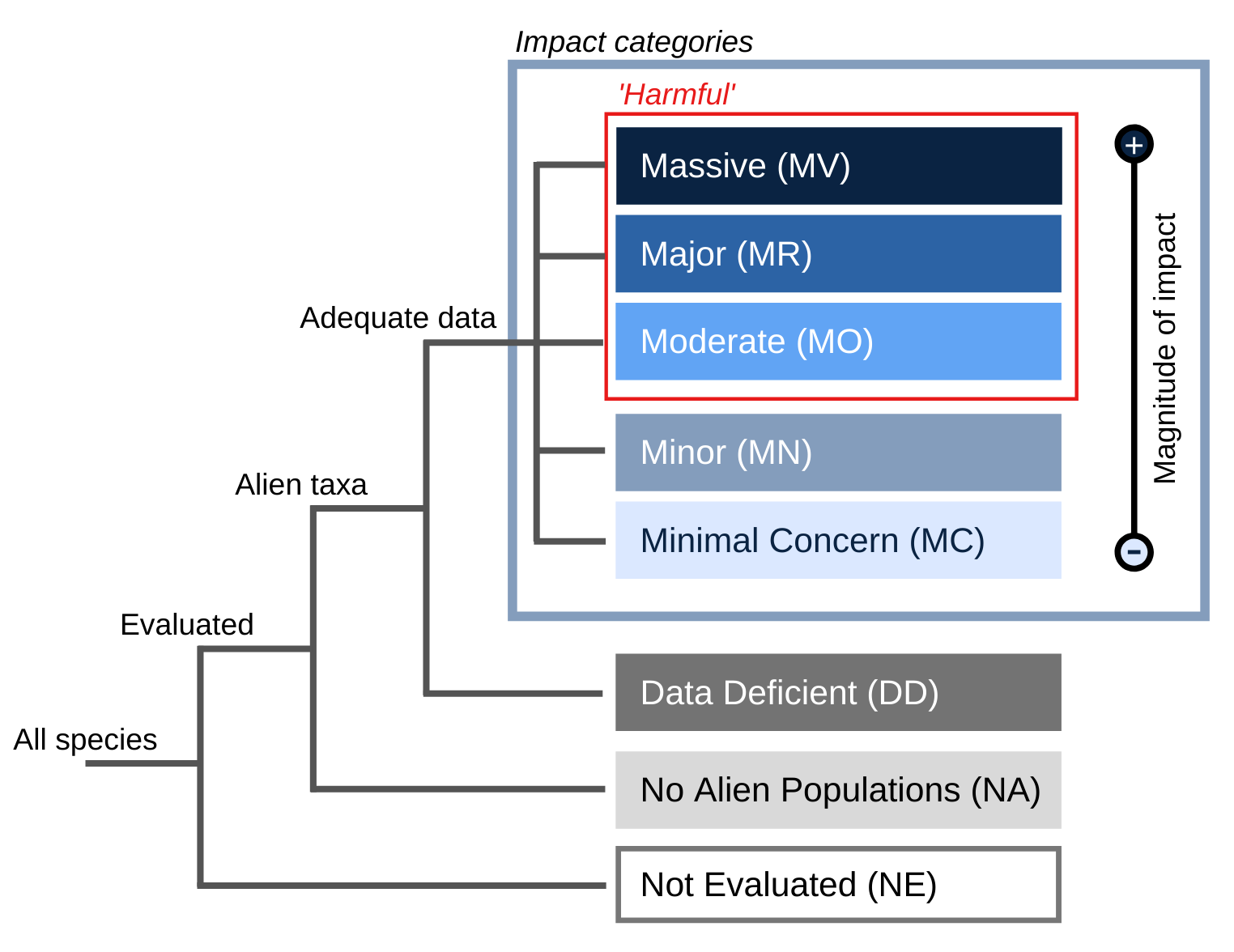- General
- Distribution
- Impact
- Management
- Bibliography
- Contact
Xyleborus sampsoni , Eggers
Xyleborus taitinus , Eggers
Examination of adults by a taxonomist with expertise in the family Scolytidae is required for positive identification to species. The adults and larval galleries have sufficient characteristics to permit entomologists to make field identifications at least to genus (Rabaglia, 2003).
Symptoms of attack by X. mutilatus include pin-hole-sized holes in the bark that are either bleeding or have a light coloured boring dust. The galleries in the xylem consist of a short horizontal entrance and a 1-4cm long central, vertical gallery with short brood chambers. Attacked trees may have wilting foliage or twig dieback (Rabaglia, 2003).
Principal source: Rabaglia, 2003 Xylosandrus mutilatus
Schiefer and Bright, 2004. Xylosandrus mutilatus (Blandford), An Exotic Ambrosia Beetle (Coleoptera: Curculionidae: Scolytinae: Xyleborini) New to North America
Compiler: National Biological Information Infrastructure (NBII) & IUCN/SSC Invasive Species Specialist Group (ISSG)
Review: David R. Coyle \ Department of Entomology \ Russell Laboratories \ University of Wisconsin \ Madison, USA
Publication date: 2006-03-22
Recommended citation: Global Invasive Species Database (2025) Species profile: Xylosandrus mutilatus. Downloaded from http://www.iucngisd.org/gisd/species.php?sc=963 on 02-06-2025.
X. multilatus construct galleries in the xylem of host trees. These galleries, and the staining caused by their associated fungi, degrade wood products. If this insect should attack valuable broadleaf species such as oaks, ash, walnut, etc., this insect could have a significant effect on the hardwood lumber industry. Moreover, plant quarantine measures designed to slow its rate of spread could have an adverse effect on transport of hardwood logs and lumber from infested to uninfested areas. Since this insect appears to have a preference for small diameter material, it could become a pest of urban trees, especially those stressed by recent planting. (Rabaglia, 2003).
In North America, considering the diverse climatic conditions present in its native range, it seems likely that X. mutilatus's distribution will eventually encompass much of the eastern United States (Schiefer and Bright, 2004).
Many ambrosia beetles indirectly impact host trees by vectoring fungal pathogens but currently there is no information on what, if any, fungal pathogens X. mutilatus might be harboring (Campbell, 2004).
Rabaglia (2003) reports that, \"Control of ambrosia beetles like X. mutilatus is often difficult and impractical. Some insecticides may be effective as preventative treatments or on infested material. Heat, water and fumigants are also used on wood products infested by ambrosia beetles.\"







